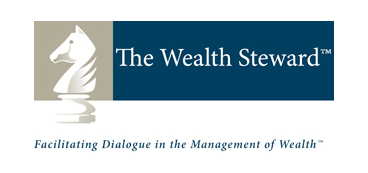By Gary Brent on February 4, 2010
Over the past several years we have begun to see much more discussion and research focused on exploring the validity of Modern Portfolio Theory (MPT) and Efficienct Frontier concepts as the primary means of developing and implementing the most appropriate investment solution for the ultimate investor client. The recent capital market debacle, of 2008, has only served to illustrate and reinforce the gap that exists between the results of MPT-based investment portfolios, that have been largely delivered by the investment industry, to their clients, versus what would have been required to meet the desires, expectations and goals of the investors, as they move along their journey in life over time.
Many advisory firms have attempted to close the gap, through the deployment of Financial Planning Tools to assist their advisors in gaining an understanding of the clients’ goals, over time. While this approach has helped to improve the dialogue, with the clients, and to gain a better understanding of their long-term goals it has not, for the most part, translated into investment strategies and portfolios that are aligned to meet the investors’ goals discovered when preparing the financial plan.
The language of goals-based planning is on most industry practitioners’ lips these days as our industry strives to reset itself and deliver client centric investment solutions rather than simply investment products or portfolios with a single time-horizon. The challenge we all face is how to truly make a goals-based investment portfolio live in a manner that marries the investment strategies we employ with our clients’ goals, over time.
The best solution that we have seen, thus-far, to move Goals-Based Investment Planning from an illusion to reality is to employ a Balance Sheet Methodology approach, which effectively builds, as an integrated process, the bridge between goals based financial planning and the ultimate investment portfolio.
It is a journey. We have to get back to designing investment strategies that fund the investors’ liabilities, within their prescribed time-frames. The Balance Sheet Approach is a step closer to that reality but we are all looking for the Holy Grail to meet this gap, your thoughts and ideas would be welcomed.
- Assess Portfolio Risk First, Then Returns - September 8, 2020
- Mitigating Investment Portfolio Volatility - February 26, 2016
- Debunking the Investment Industry: Relative Benchmarking - June 18, 2015



